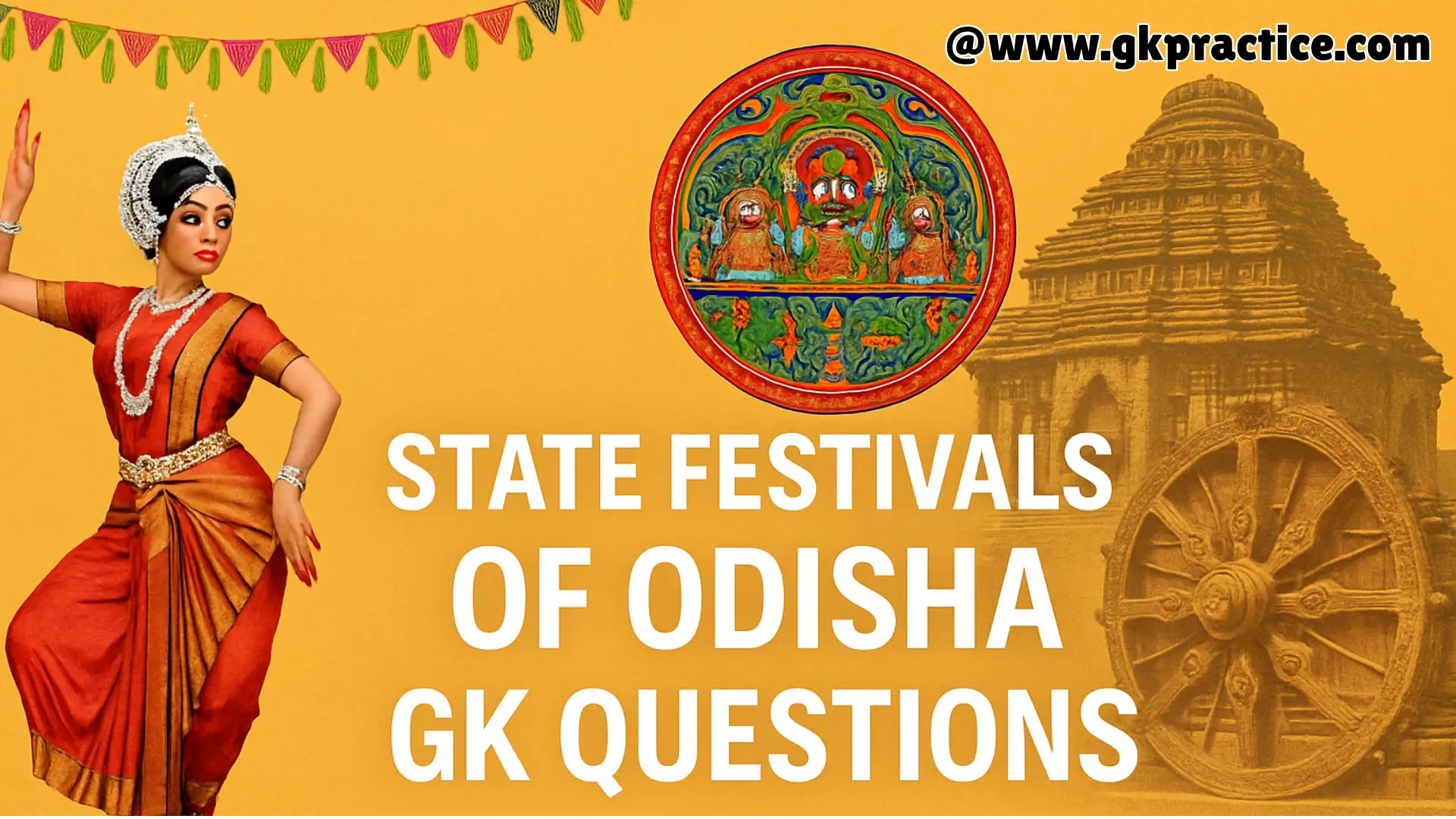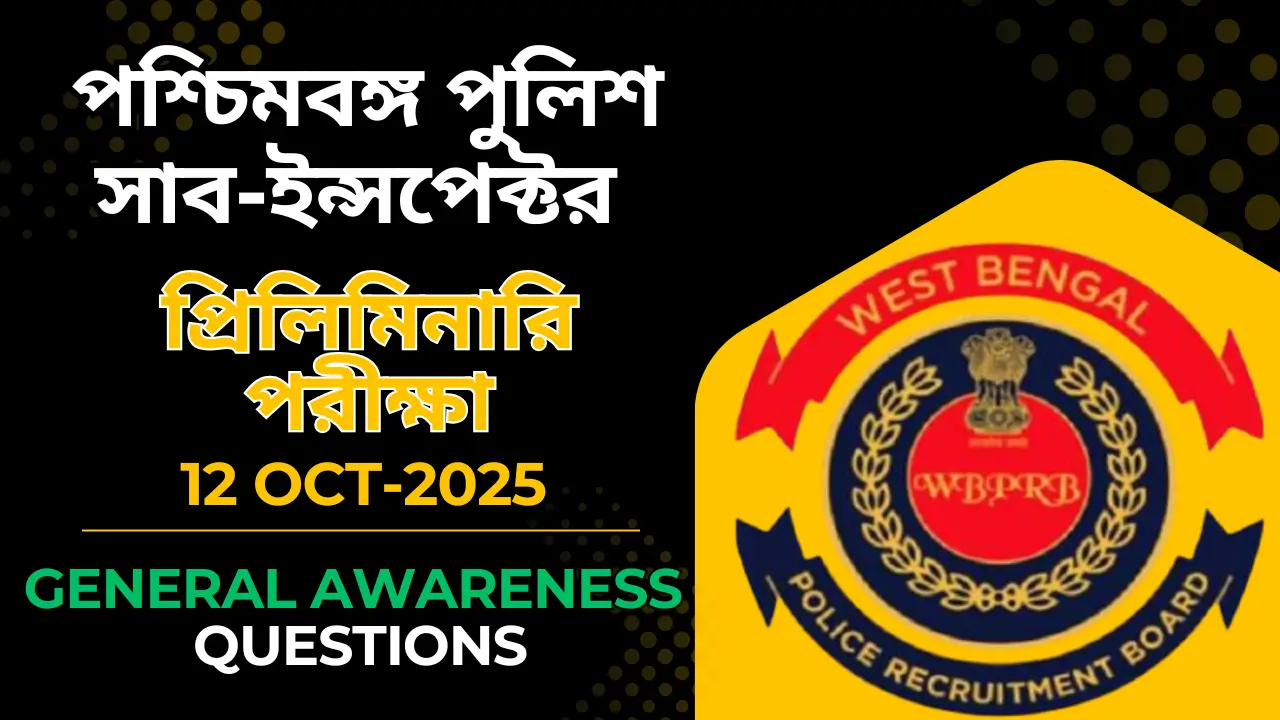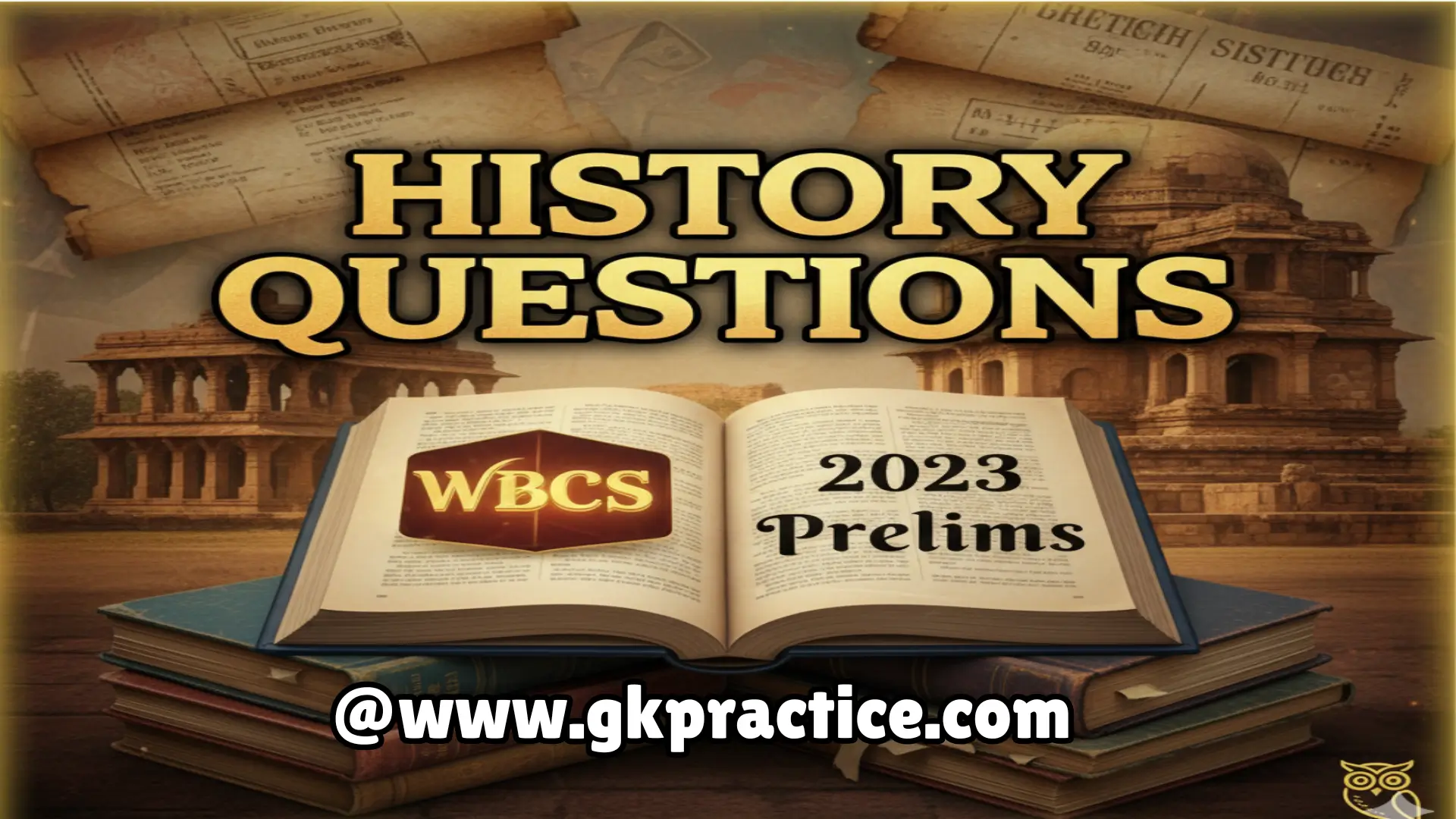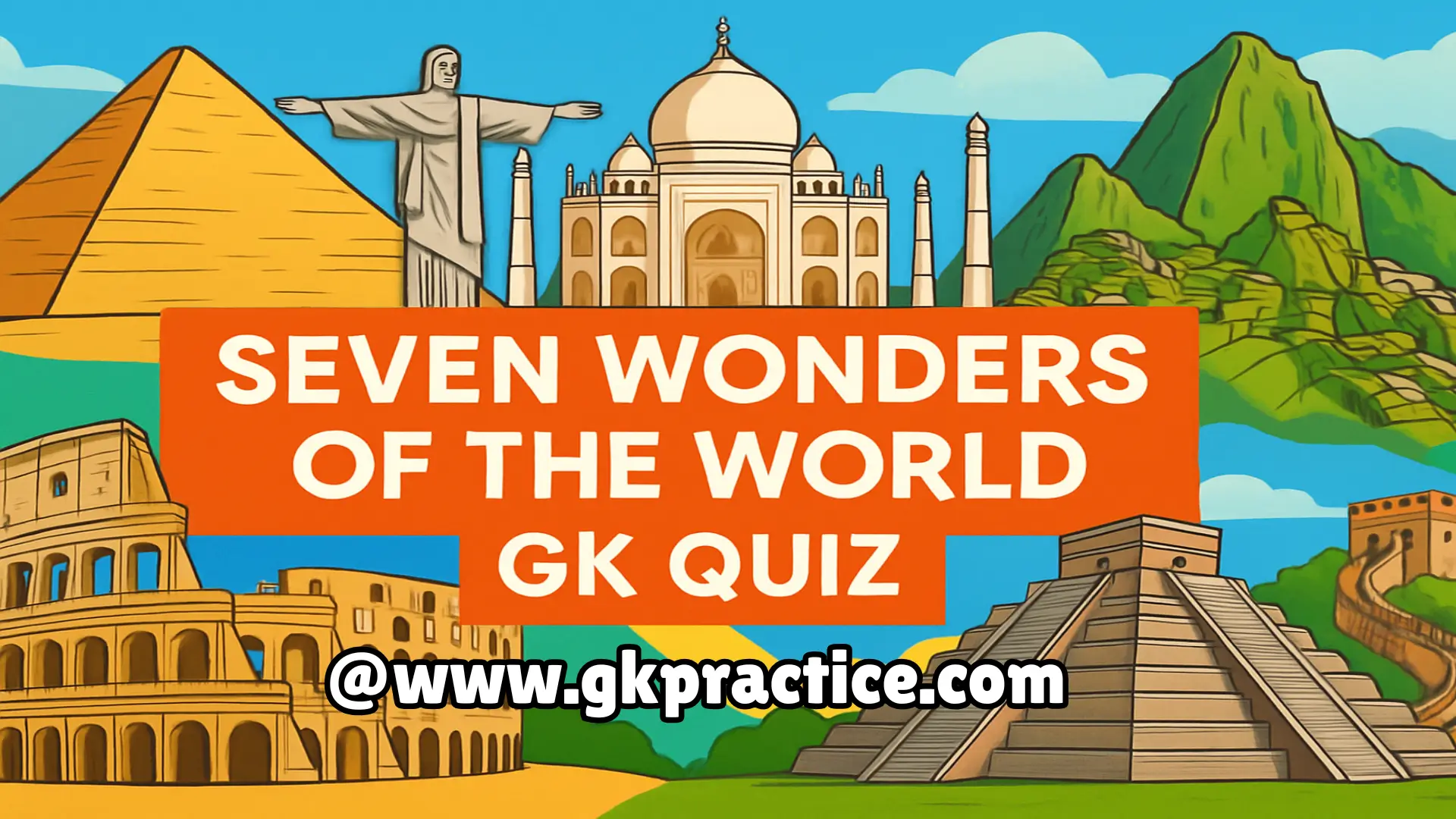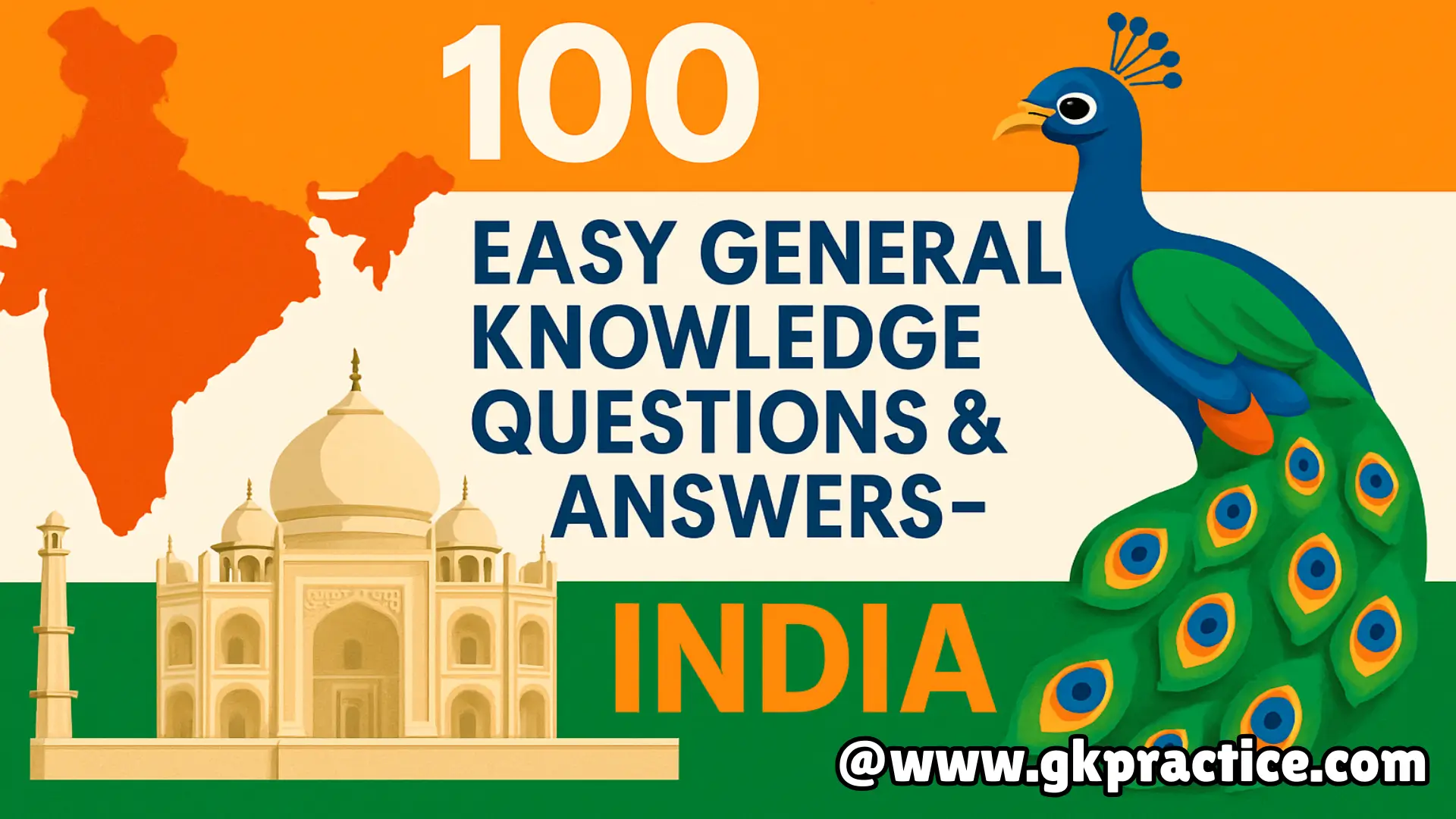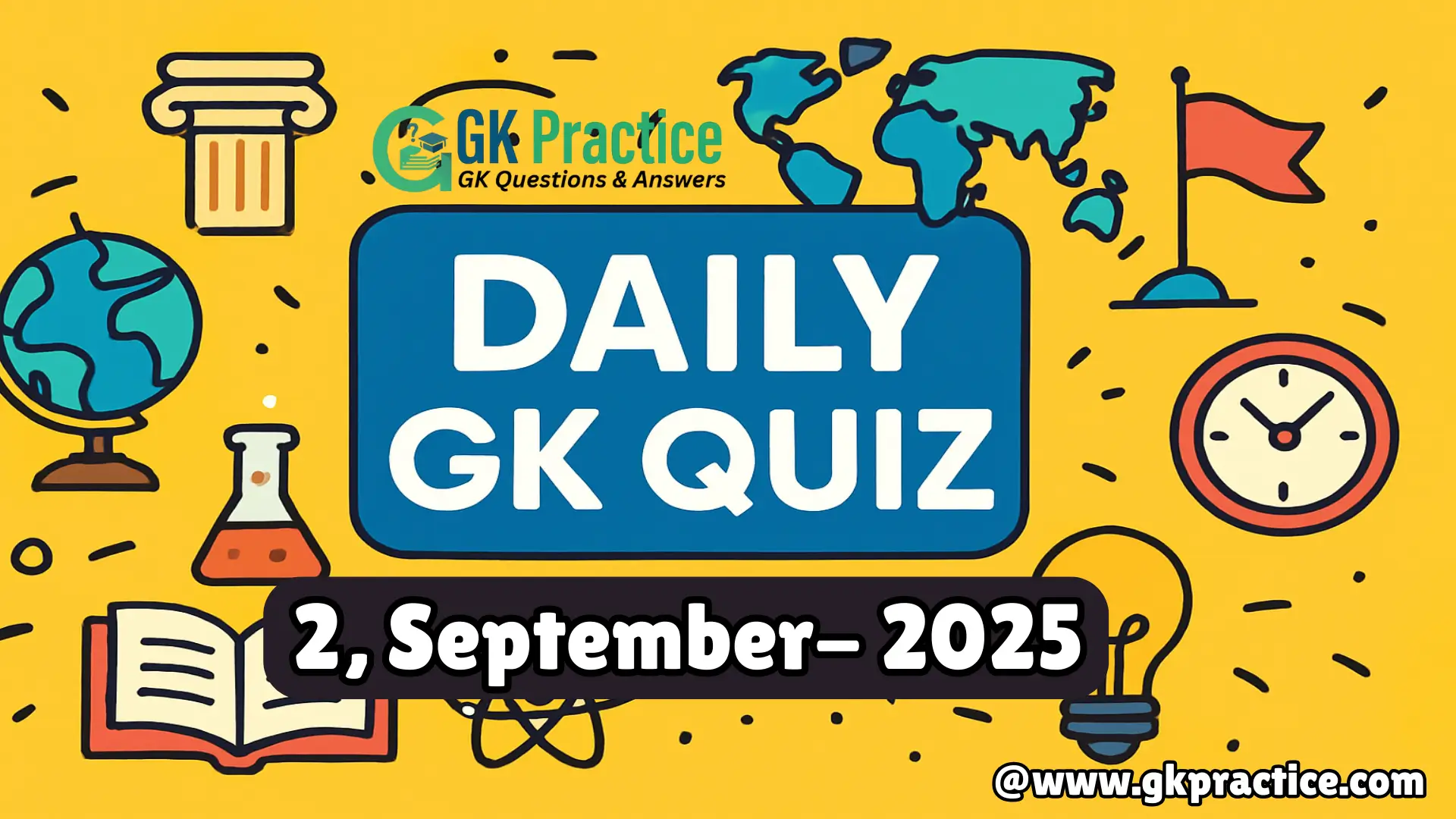A) Pana Sankranti
B) Raja Festival
C) Kumar Purnima
D) Nuakhai
Explanation: Pana Sankranti, also known as Maha Vishuba Sankranti, marks the Odia New Year in April. Devotees prepare a sweet drink called “Pana,” made of bael fruit, jaggery, and water, offered to Lord Jagannath. The festival symbolizes health, prosperity, and the beginning of a new agricultural cycle.
Q12) “Chhau Dance Festival” is mainly celebrated in which district of Odisha?
A) Mayurbhanj
B) Puri
C) Cuttack
D) Ganjam
Explanation: The Chhau Dance Festival of Mayurbhanj district is a traditional martial dance performance with mythological themes. Artists wear colorful masks and costumes, enacting episodes from the epics Ramayana and Mahabharata. It is a vibrant cultural festival that preserves Odisha’s folk heritage and draws global recognition.
Q13) Which festival of Odisha celebrates the worship of the Sun God at Chandrabhaga beach?
A) Bali Jatra
B) Magha Saptami
C) Nuakhai
D) Dhanu Jatra
Explanation: Magha Saptami is celebrated at Chandrabhaga Beach near Konark, where devotees take a holy dip at sunrise and worship the Sun God. The festival is believed to cure ailments and cleanse sins. It is closely associated with the famous Konark Sun Temple’s rituals.
Q14) Which festival is regarded as the biggest open-air theatre festival in the world?
A) Bali Jatra
B) Dhanu Jatra
C) Chhau Festival
D) Raja Parba
Explanation: Dhanu Jatra, held in Bargarh, is the world’s largest open-air theatre festival. The entire town transforms into Mathura Nagari, enacting Krishna’s victory over Kansa. Villagers participate as actors, and the festival symbolizes the triumph of truth and dharma over evil and injustice.
Q15) In which temple town of Odisha is “Snana Yatra” of Lord Jagannath celebrated?
A) Konark
B) Bhubaneswar
C) Puri
D) Cuttack
Explanation: Snana Yatra is a major ritual held at the Jagannath Temple, Puri. The idols of Lord Jagannath, Balabhadra, and Subhadra are bathed with 108 pots of sacred water. It is believed to be the symbolic birthday of Lord Jagannath, attracting thousands of devotees.
Q16) “Prathamastami” festival in Odisha is observed for the well-being of which family member?
A) Youngest child
B) Eldest child
C) Married daughters
D) Parents
Explanation: Prathamastami is a family-oriented festival where prayers are offered for the prosperity and longevity of the eldest child. Mothers perform rituals near a Tulsi plant and prepare “Aida Pitha,” a special delicacy. The festival emphasizes Odia family traditions and cultural respect for children.
Q17) Which festival in Odisha is celebrated to honor Goddess Lakshmi during Thursdays of Margasira month?
A) Manabasa Gurubar
B) Kumar Purnima
C) Raja Parba
D) Khudurukuni Osha
Explanation: Manabasa Gurubar is a Lakshmi Puja festival celebrated on Thursdays of Margasira (Nov–Dec). Women decorate houses with jhoti (rice paste designs) and offer food to Goddess Lakshmi for prosperity. It highlights devotion, cleanliness, and household harmony, and is rooted in Odisha’s cultural and religious traditions.
Q18) Which Odisha festival is observed by young unmarried girls for the well-being of their brothers?
A) Gamha Purnima
B) Khudurukuni Osha
C) Kumar Purnima
D) Raja Parba
Explanation: Khudurukuni Osha is observed on Sundays in Bhadrab month by unmarried girls. They worship Goddess Mangala, singing devotional songs and seeking blessings for the health of their brothers. The festival emphasizes sibling love, devotion, and Odisha’s cultural tradition of honoring Goddess Mangala.
Q19) “Makara Mela,” celebrated in Puri Jagannath Temple, is associated with which ritual offering?
A) Makar Chaula
B) Pana Drink
C) Aida Pitha
D) Dhanu Muan
Explanation: Makara Mela is held during Makar Sankranti in Odisha, where Lord Jagannath is offered “Makar Chaula,” a mixture of rice, jaggery, coconut, milk, and fruits. Devotees also prepare and share this dish at home. The festival marks a seasonal change and prosperity prayers.
Q20) Which festival is celebrated in Odisha to welcome the first monsoon rains?
A) Nuakhai
B) Pana Sankranti
C) Raja Parba
D) Kumar Purnima
Explanation: Raja Parba, observed in June, marks the arrival of monsoon and celebrates the fertility of Mother Earth. Women and girls wear new clothes, enjoy swings, and eat special pithas. The ploughing of fields is suspended, symbolizing the Earth’s rejuvenation and readiness for cultivation.

